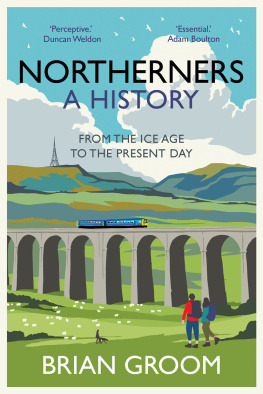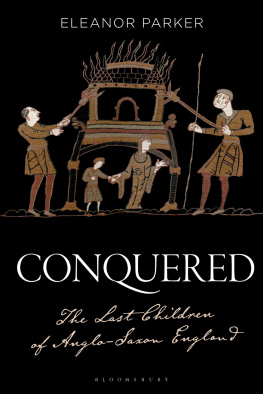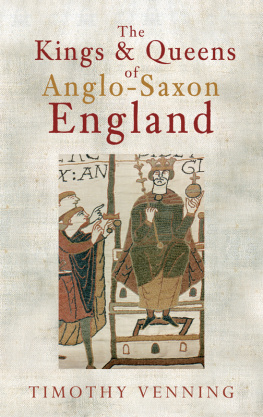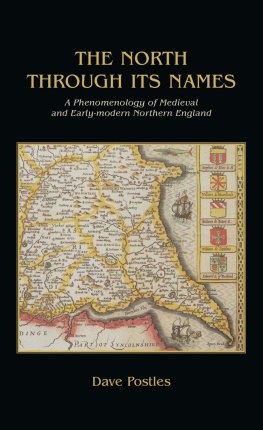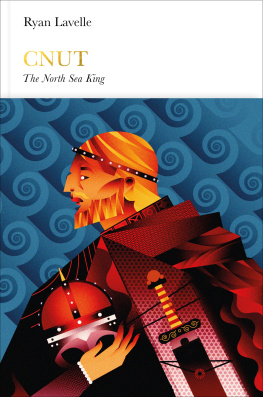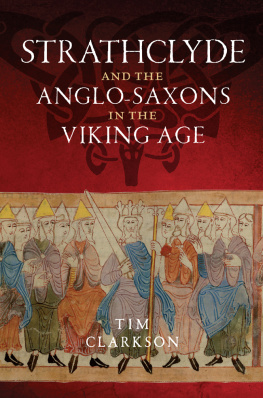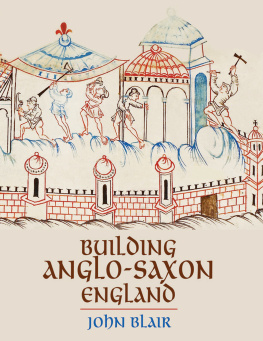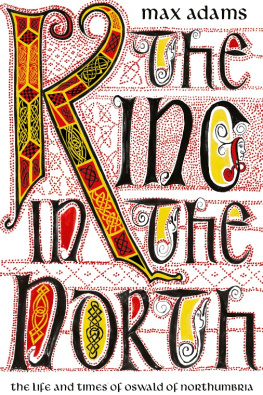HarperNorth
Windmill Green,
Mount Street,
Manchester, M2 3NX
A division of
HarperCollinsPublishers
1 London Bridge Street
London SE1 9GF
www.harpercollins.co.uk
HarperCollinsPublishers
1st Floor, Watermarque Building, Ringsend Road
Dublin 4, Ireland
First published by HarperNorth in 2022
FIRST EDITION
Copyright Brian Groom 2022
Cover layout design David Wardle 2022
Brian Groom asserts the moral right to be identified as the author of this work
A catalogue record of this book is available from the British Library
All rights reserved under International and Pan-American Copyright Conventions. By payment of the required fees, you have been granted the nonexclusive, non-transferable right to access and read the text of this e-book on screen. No part of this text may be reproduced, transmitted, downloaded, decompiled, reverse engineered, or stored in or introduced into any information storage retrieval system, in any form or by any means, whether electronic or mechanical, now known or hereinafter invented, without the express written permission of HarperCollins e-books.
Find out about HarperCollins and the environment at
www.harpercollins.co.uk/green
Source ISBN: 9780008471200
Ebook Edition April 2022 ISBN: 9780008471217
Version: 2022-03-18
This ebook contains the following accessibility features which, if supported by your device, can be accessed via your ereader/accessibility settings:
- Change of font size and line height
- Change of background and font colours
- Change of font
- Change justification
- Text to speech
- Page numbers taken from the following print edition: ISBN 9780008471200
To our grandsons Oscar and Sidney and
the next generation of northerners
who make it all worthwhile.
Imagine northern England in 1911, perhaps as glimpsed in the rediscovered archive of Sagar Mitchell and James Kenyon, Blackburn-based film makers. Workers streaming out of factory gates, crossing the street, visiting a fairground or watching football. A few come and stare or wave at the camera. What they show is a world now lost to us: the busy world of north Britain in its manufacturing, mining heyday, writes journalist Ian Jack. In Mitchell and Kenyons films you can see it as an independent civilisation, glorying in its own easements and enjoyments such as electric trams, professional sport, street parades and pageants and seaside holidays.
That was also the year in which the norths share of Englands population peaked at 36.5 per cent (in a series dating back to 1801), according to the Office for National Statistics. It was still in its pomp as the founding region of the Industrial Revolution, which had begun nearly a hundred and fifty years earlier. For all the apparent serenity, this was a society facing major economic and social change. The militant suffragette movement, founded in the north, was in full swing. Strikes were common as workers demanded their share of increased prosperity. The seeds of relative industrial decline had already taken root. The north was over-dependent on industries such as textiles, coalmining, iron, steel and shipbuilding. Some had failed to innovate as fast as global competitors and the region was not developing new ones.
Roll forward more than a century and the north is at the centre of Britains often ill-tempered debate about the future. Northern votes were crucial in the 2016 referendum decision to leave the European Union. At the 2019 general election, northerners helped Boris Johnson to achieve the biggest Conservative majority since Margaret Thatchers time, making significant inroads into the so-called red wall of former Labour seats. Johnson promised to level up Britain and improve the fortunes of left-behind towns, though whether he will fare any better than previous governments remains to be seen. The norths share of Englands population has slipped to 27.5 per cent and its share of Britains economic output has shrunk from 30 per cent just after the First World War to 20 per cent.
Dramatic events have played out in the north waves of migration, invasions and battles. It has made its mark on European culture and the global economy and played a huge part in shaping modern Britain. The Industrial Revolution, viewed by many economic historians as the key event in human history, is obviously of fundamental importance, but there is far more to the story. At least six Roman emperors ruled the empire from York. The Anglian kingdom of Northumbria became for a period Europes leading cultural and intellectual centre. For a thousand of the past two thousand years in Roman times and in the Middle Ages northern England was the site of border warfare with what is now Scotland. The past has shaped the present in myriad ways. The devastation wrought by factory and pit closures in the 1980s, for example, evoked for some a folk memory of the trauma of William the Conquerors Harrying of the North. Echoes of the Wars of the Roses, Tudor rebellions and seventeenth-century civil war divisions could be discerned in the Brexit referendum. The north also played a leading role in creating the Labour Party and the trade union movement.
This book aims to tell the norths story through the experiences of the regions people, famous or not, including characters such as Cartimandua, queen of the Brigantes, the first northerner known by name; St Oswald, Bede and Richard III; Richard Arkwright and the Stephensons; William Wordsworth, the Bronts and Elizabeth Gaskell; Emmeline Pankhurst and Gracie Fields; Sir Robert Peel, William Gladstone, Ellen Wilkinson and Harold Wilson; Kathleen Ferrier, The Beatles and David Hockney; Marcus Rashford, Lemn Sissay and Nicola Adams. It describes the history from the earliest times to the present day and explores topics such as the significance of sheep, the northsouth language divide, why the Industrial Revolution happened in the north, ethnic diversity, the legacy of slavery, northern women and the contribution of northern writers, artists and comedians. It is a story that raises many intriguing questions. Had the kingdom of Northumbria survived, northern England might today be at the heart of a northern-focused nation instead of an outlying region of one governed from the south. The Norman Conquest shifted Englands strategic orientation southwards, while Williams Harrying arguably laid the foundation for centuries of economic disadvantage.
But where is the north and what is a northerner? A liberal, inclusive view is taken in this work. The north is considered to be broadly where the people who live there think they are in the north. A northerner is someone who thinks of themself as a northerner. The region has rarely been a single administrative unit, so the question is more cultural than constitutional. Around the world there is a diaspora of people born or raised in the north who consider themselves northerners. Others come from families with northern roots. Equally, the region has many people born elsewhere who live or have lived in the north and consider themselves adoptive northerners.
Insofar as boundaries have been drawn for one purpose or another, these have shifted over the centuries. For modern government and statistical purposes the north comprises three regions: the north-west (historic counties of Lancashire, Cheshire, Westmorland, Cumberland), north-east (Northumberland and Durham), and Yorkshire and Humber (Yorkshire, north and north-east Lincolnshire). Two sides are bounded by the sea, and the Scottish border has changed in only a couple of ways since it was agreed at the Treaty of York in 1237. That leaves the southern boundary, on which most debate focuses.

